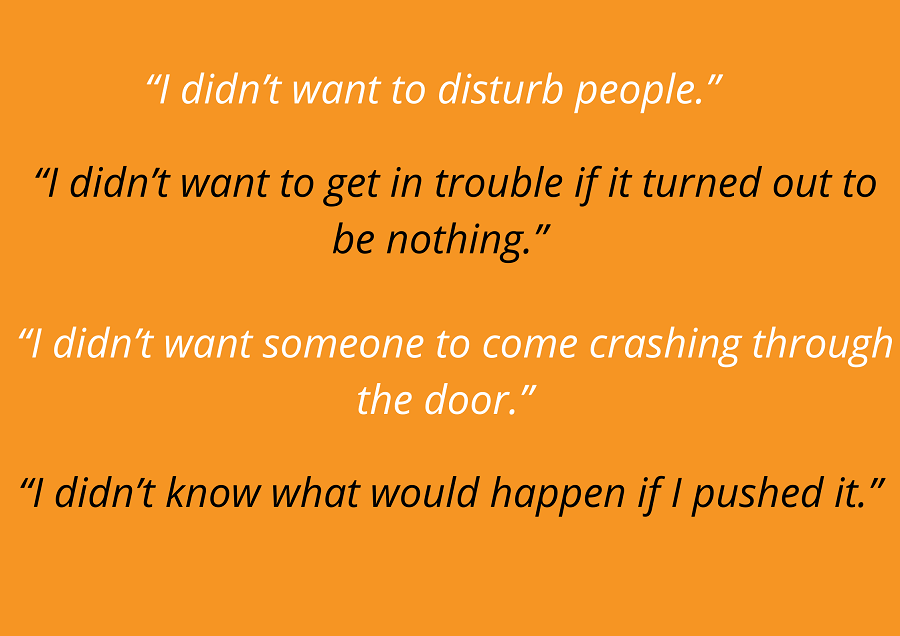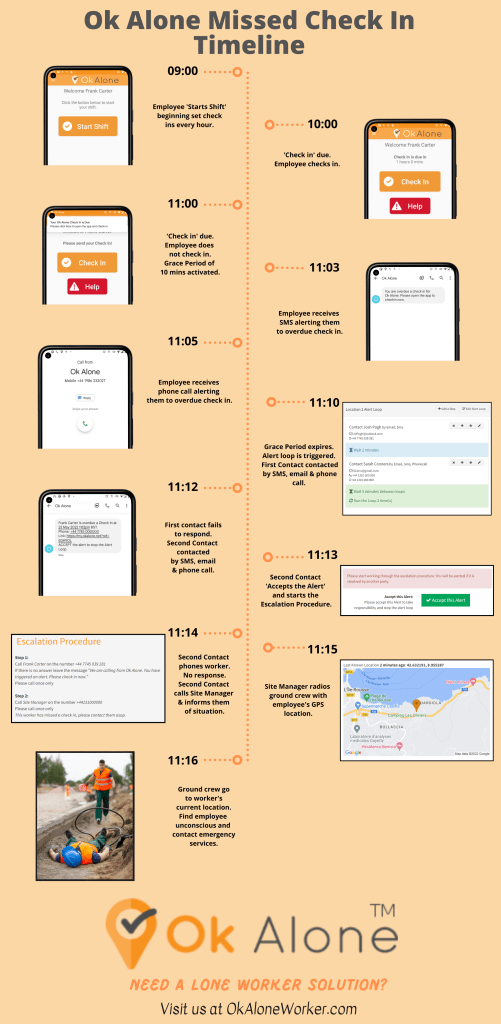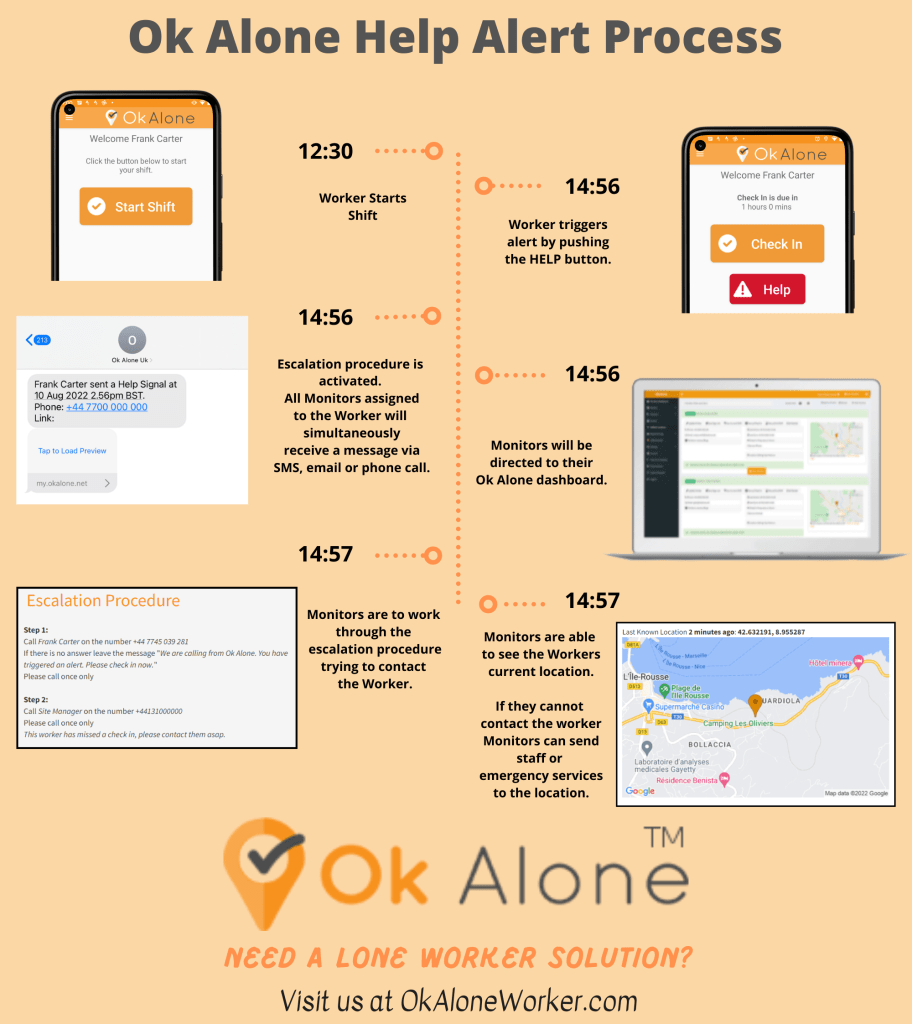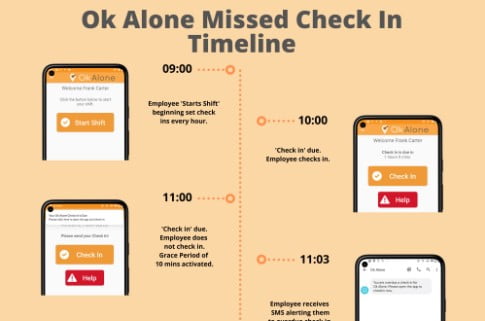While attending a talk on using technology to manage lone workers, one of the speakers talked about training workers by giving them a written scenario. Workers had to mark on the scenario when they would push the ‘help’ button on their lone worker app. The results were all compared and then discussed by those being trained. Most workers left it to the absolute latest possible moment to alert supervisors. When questioned about this the answers were;

There is No SWAT team going to crash through the doors.
You will Not be yelled at for false alarms.
Help is Not instant.
The results showed the importance of initial training when introducing a new system to workers. If people don’t understand how a solution is going to help them, they won’t use it correctly, or even worse, won’t use it at all.
Real life practice is Important
Lone worker safety training needs to be done where workers activate alerts in real life and see what happens. This should reduce their feeling of uncertainty so they’re not worried about activating alerts in the future. There needs to be a mentality that false alarms are not going to get people in trouble, but be used as an opportunity to test the efficiency of the system.
Every lone worker needs training specific to their job duties, but there are a few general topics that all employees should be familiar with:
- Lone workers’ job duties and the risks/hazards involved
- Potential complications or setbacks and how to respond
- Lone worker first aid training
- How to use all necessary equipment, tools and personal protective equipment (PPE)
- What tasks they are allowed to perform alone and when they’re required to call for assistance
- How to respond to any emergency situation that could occur
Through using simulations and practice exercises, workers are much more likely to remember the training and be able to apply the core principles when a situation demands it. Training for lone workers needs to be set for all levels of staff, so everyone is confident and comfortable using the system being introduced. Training employees should encourage them to incorporate the solution into their everyday lives and ensure they have the confidence to raise an alarm in the event of an emergency.
How Ok Alone’s safety solution works
Below are infographics to show how the Ok Alone alert systems work. How the system works with Alert Loops for a missed check in and the process that occurs when the Help button is pushed.



As an expert in lone worker content management, I possess an extensive knowledge base and experience in the area of lone working and safety monitoring. My expertise in this field encompasses a wide range of areas, including risk assessment, training, communication, and technology. I have a deep understanding of the unique risks associated with lone workers and have researched and written many projects and articles to educate people in how to mitigate these risks.
Throughout my time with Ok Alone, I have kept up to date with technological developments, legislative changes and regulations that have been introduced to help organizations ensure the safety of their lone workers.

